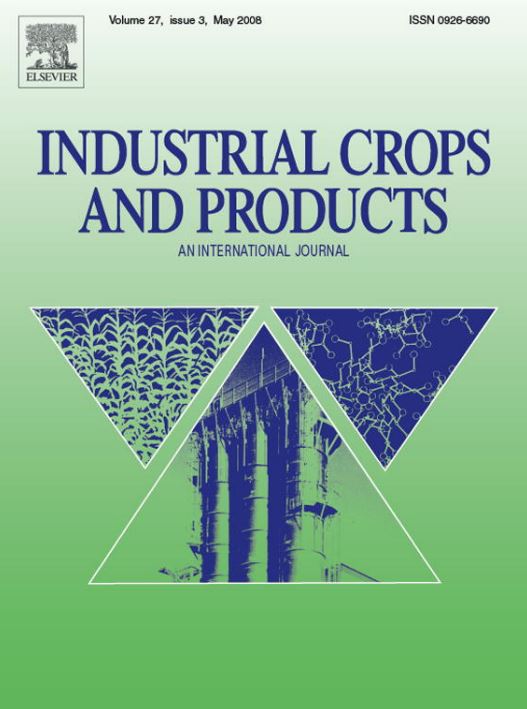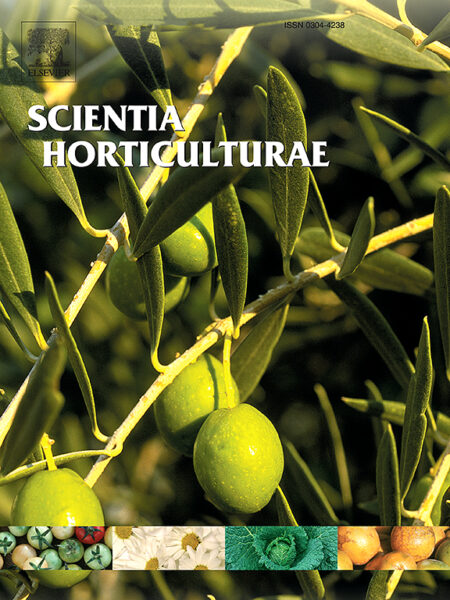Abstract
The feasibility of using a combination of organic fertilizer with a reduced rate of chemical nitrogen fertilizer as an alternative to conventional inorganic fertilization was tested on the growth and biomass accumulation of hemp plants and the phytochemical accumulation in their inflorescences. To achieve this goal, a field experiment was set up with the following nine treatments: F0, no fertilizer; NPK, mineral fertilizer with 100 kg ha−1 nitrogen; C1, compost from solid digestate (50%) + cardoon-based spent mushroom substrate (50%); C2, compost from solid digestate (50%) + straw-based spent mushroom substrate (50%); C3, C4, C5, and C6, composts from solid digestate (50%, 67%, 75%, and 84%, respectively) and cardoon waste (50%, 33%, 25%, and 16%, respectively); SD, non-composted solid digestate. C1–C6 and SD were added to the soil, along with half the rate (50 kg ha−1) of chemical nitrogen fertilizer. Taking F0 as a reference, all fertilized treatments, except C6 and SD, showed a notable increase in plant growth and biomass accumulation in the stem, inflorescence, and whole plant. Among the organic treatments, the best growth performances were detected in C1 and C5, which reached, or even exceeded, that of NPK. Compared to F0, all fertilized treatments had high phenolic acid and flavonoid yields, while high carotenoid, tocopherol, terpene, and cannabinoid (mainly CBD) yields were detected in all fertilized treatments except C6 and SD. Among the organic treatments, C1 and C5 stood out for their highest phenolic acid, flavonoid, carotenoid, and tocopherol yields, while C1, C2, and C3 stood out for their highest terpene and cannabinoid yields, which, in both cases, reached, or even exceeded, those of NPK. Overall, our findings show that 50% replacement of inorganic nitrogen fertilizer with C1 to C5 composts may represent a cost-effective and environmentally safe alternative to conventional inorganic fertilization that can sustain the growth of hemp plant and the phytochemical accumulation in its inflorescences, thus promoting the use of this crop for fiber and bioenergy production, as well as for applications in food, nutraceutical, agrochemical, and cosmetic sectors.




